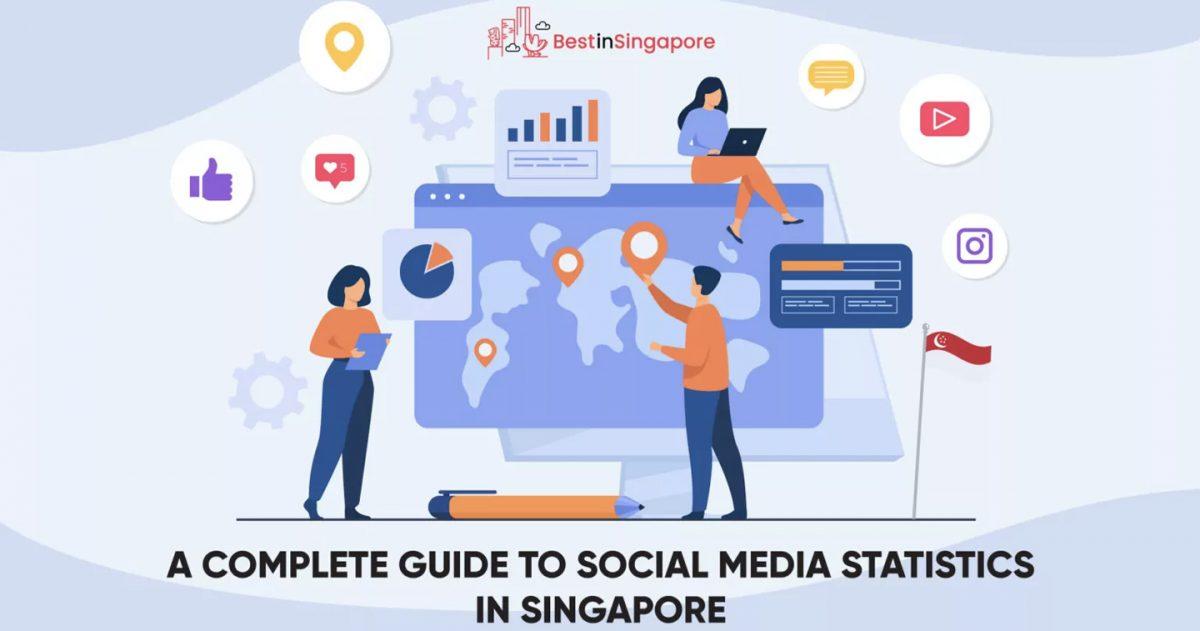MANILA, PHILIPPINES – Whether you’re a hardcore tech-head or a keen traveler, anyone looking for the latest luxury getaway without breaking the bank can now turn to OPPO’s innovative 5G-powered smart hotel in Australia – the first of its kind in maximizing the possibilities of tech through a hyper-curated hotel experience.


With a matte black exterior and minimalist interior touches to match, the 5G Hotel is classy, elegant, and sophisticated. These aesthetics, paired with the high-tech component of the 5G-powered hotel, is what truly sets it apart.
The luxury one bedroom suite is jam-packed with the latest technology including 5G cloud gaming, buffer-free streaming, a range of immersive AR apps, and advanced smart home features – including a smart mirror!
To give everyone a glimpse of what’s possible with 5G, OPPO created the world’s first travelling 5G-powered Smart Hotel. The entire hotel is powered via OPPO’s Reno smartphone and the 5G network, and is packed full of the latest tech. It will be touring 5G locations throughout Australia over the next few months, beginning its journey in the Gold Coast Australia’s very own Home of the Arts (HOTA).

What can travelers expect from the 5G Hotel?
- Smart Mirror – Simply connect the smart mirror to a smart device to watch the latest news, get updates on stocks, read the morning newspaper, watch movies, or get the ideal light for the perfect mirror selfie.
- Game Anywhere – Through the hotel’s 5G Gaming Suite, guests can experience a high-end gaming computer in the palm of their hand. Users can game locally on the PC, or leverage the 5G smartphone to access a library of games and play from anywhere.
- Get things done hands-free – The Hotel’s Reno 5G device is connected to a Google Home Hub, as well as an array of smart-home features. Guests can use their voice to control the lighting, play their favorite songs from YouTube Music, ask questions, as well as get visual and immersive answers from Google.
- Experience Augmented Reality (AR) – The hotel has a number of immersive AR apps on show, including an interactive introduction to the Reno 5G and an AR Wardrobe, which enables guests to preview different outfits in a virtual AR runway.
- Access entertainment buffer-free – Download, stream, and watch to your heart’s content with 5G. Enjoy Netflix buffer-free, or download a whole season of your favorite show while you make a cup of coffee, and watch it on the hotel’s widescreen TV.

The 5G Hotel – a 40ft shipping container turned futuristic hotel – is available to book from August 1st to August 30th at HOTA for AU$150 (roughly Php 5,300) per night*, with all proceeds from bookings being donated to local charities. Guests can take in a show, attend one of the many HOTA events, or simply sit back and relax, taking in views of the city’s skyline.
While staying in the OPPO 5G Hotel, guests can also enjoy the Glow Festival, Farmers Markets, as well as the dancing in the Green and the Gold Coast Eisteddfood, the largest performing arts show of its kind in Australia.
OPPO 5G Hotel Information:
OPPO 5G Hotel bookings available from 1st August 2019 – 30th August 2019
Cost: AU$150 per night for two people
Location: HOTA The Gold Coast
To book, or for more information on where the 5G Hotel goes next, head to www.oppo5GHotel.com
About OPPO
OPPO is a leading global smart device brand. Since launching its first smartphone – “Smiley Face” – in 2008, OPPO has been in relentless pursuit of the synergy of aesthetic satisfaction and innovative technology, Today, OPPO provides customers with a wide range of smart devices spearheaded by the Find and R series, ColorOS operating system, as well as internet services such as OPPO Cloud and OPPO+. OPPO operates in more than 40 countries and regions, with 6 research institutes and 4 R&D centers worldwide and an international design center in London, OPPO’s more than 40,000 employees are dedicated to creating a better life for customers around the world.








